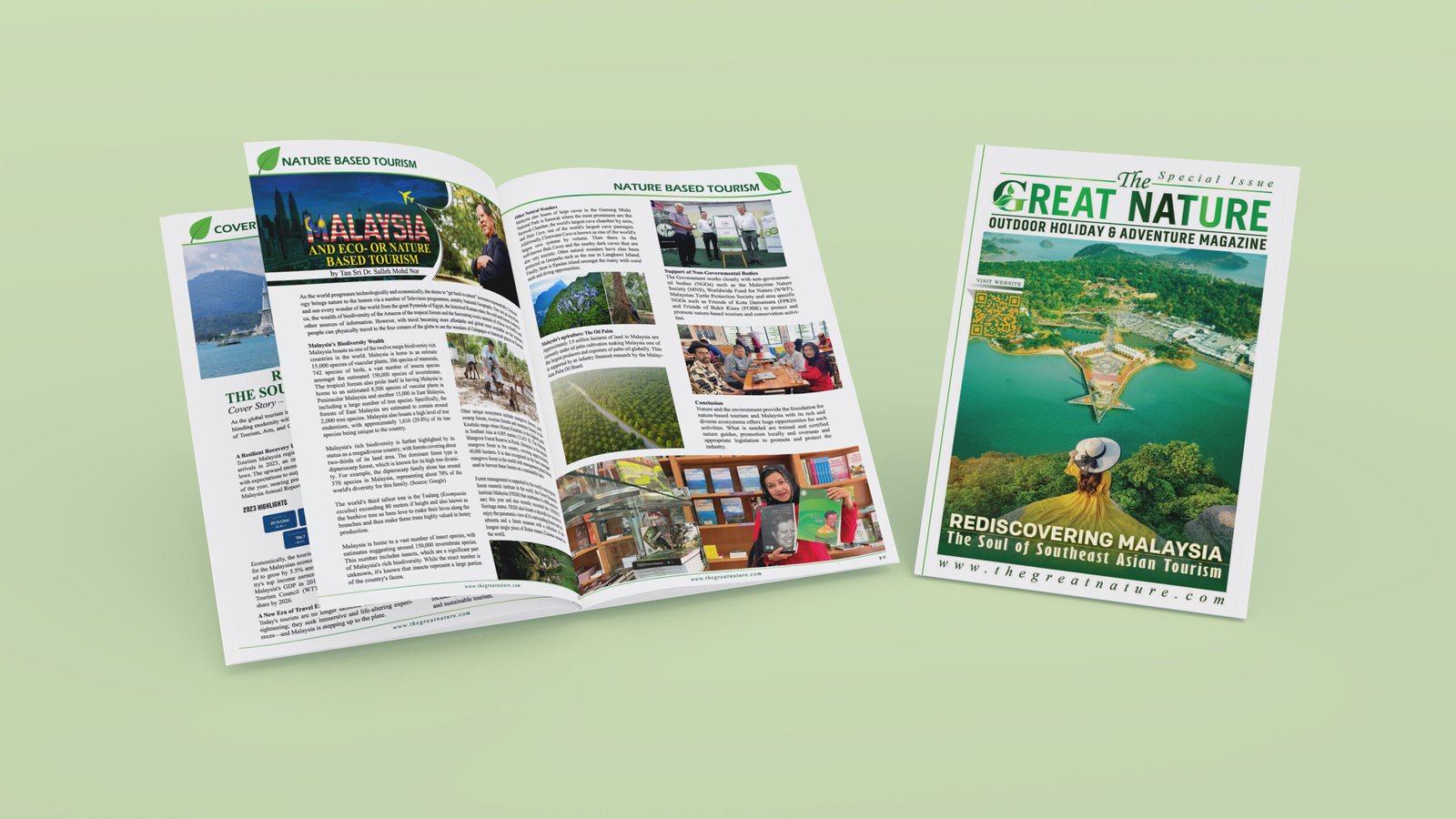As the world progresses technologically and economically, the desire to “get back to nature” increases exponentially. Technology brings nature to the homes via a number of Television programmes, notably National Geography. One can go anywhere and see every wonder of the world from the great Pyramids of Egypt, the historical Roman ruins, the cold and barren Antarctica, the wealth of biodiversity of the Amazon of the tropical forests and the fascinating iconic animals of Africa via Netflix and other sources of information. However, with travel becoming more affordable and global tours available on the internet, people can physically travel to the four comers of the globe to see the wonders of Galapagos or historical places in Europe.
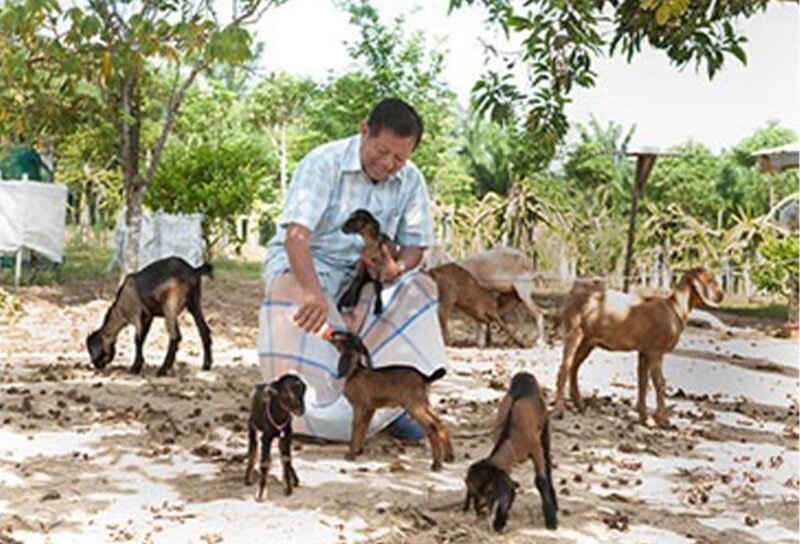
Malaysia’s Biodiversity Wealth
Malaysia boasts as one of the twelve mega-biodiversity rich countries in the world. Malaysia is home to an estimate 15,000 species of vascular plants, 306 species of mammals, 742 species of birds, a vast number of insects species amongst the estimated 150,000 species of invertebrates. The tropical forests also pride itself in having Malaysia is home to an estimated 8,500 species of vascular plants in Peninsular Malaysia and another 15,000 in East Malaysia, including a large number of tree species. Specifically, the forests of East Malaysia are estimated to contain around 2,000 tree species. Malaysia also boasts a high level of tree endemism, with approximately 1,616 (29.8%) of its tree species being unique to the country.
Malaysia’s rich biodiversity is further highlighted by its status as a megadiverse country, with forests covering about two-thirds of its land area. The dominant forest type is dipterocarp forest, which is known for its high tree diversity. For example, the dipterocarp family alone has around 370 species in Malaysia, representing about 78% of the world’s diversity for this family. (Source: Google)
The world’s third tallest tree is the Tualang (Koompassia excelsa) exceeding 80 meters if height and also known as the beehive tree as bees love to make their hives along the branches and thus make these trees highly valued in honey production.
Malaysia is home to a vast number of insect species, with estimates suggesting around 150,000 invertebrate species. This number includes insects, which are a significant part of Malaysia’s rich biodiversity. While the exact number is unknown, it’s known that insects represent a large portion of the country’s fauna.
Other unique ecosystems include mangrove forests, peat swamp forests, riverine forests and montane forests in the Kinabalu range where Mount Kinabalu is the highest peak in Southest Asia at 4,095 metres (13,435 ft). The Matang Mangrove Forest Reserve in Perak, Malaysia, is the largest mangrove forest in the country, covering approximately 40,000 hectares. It is also recognized as the best managed mangrove forest in the world with management plans being used to harvest these forests on a sustainable basis.
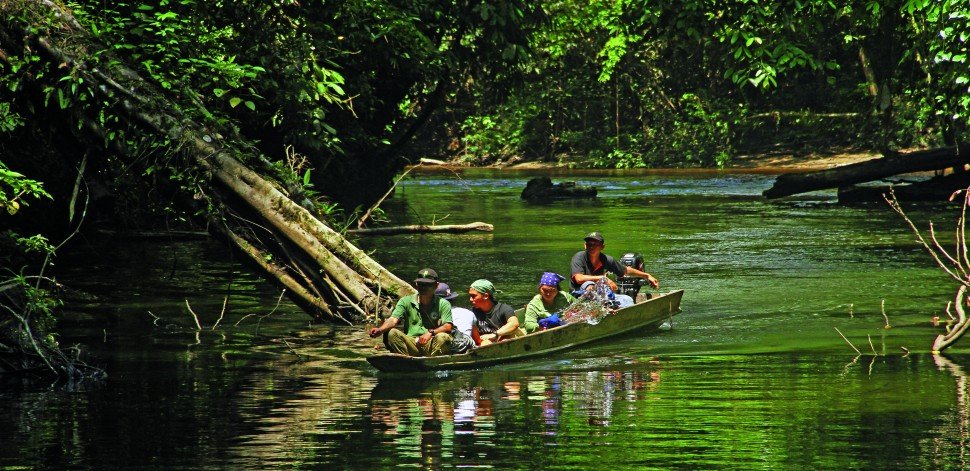
Forest management is supported by the world’s top tropical forest research institute in the world, the Forest Research Institute Malaysia (FRlM) that celebrates it’s 40th anniversary this year and also recently accorded the UNESCO Heritage status. FRlM also boasts a skywalk for tourists to enjoy the panoramic view of it’s surrounding forests and six arboreta and a forest museum with a collection of the longest single piece of Rotan manau (Calamus manan) in the world.
Other Natural Wonders
Malaysia also boasts of large caves in the Gunung Mulu National Park in Sarawak where the most prominent are the Sarawak Chamber, the world’s largest cave chamber by area, and Deer Cave, one of the world’s largest cave passages. Additionally, Clearwater Cave is known as one of the world’s largest cave systems by volume. Then there is the well-known Batu Caves and the nearby dark caves that are also very touristic. Other natural wonders have also been protected as Geoparks such as the one in Langkawi Island. Finally, there is Sipadan island amongst the many with coral reefs and diving opportunities.
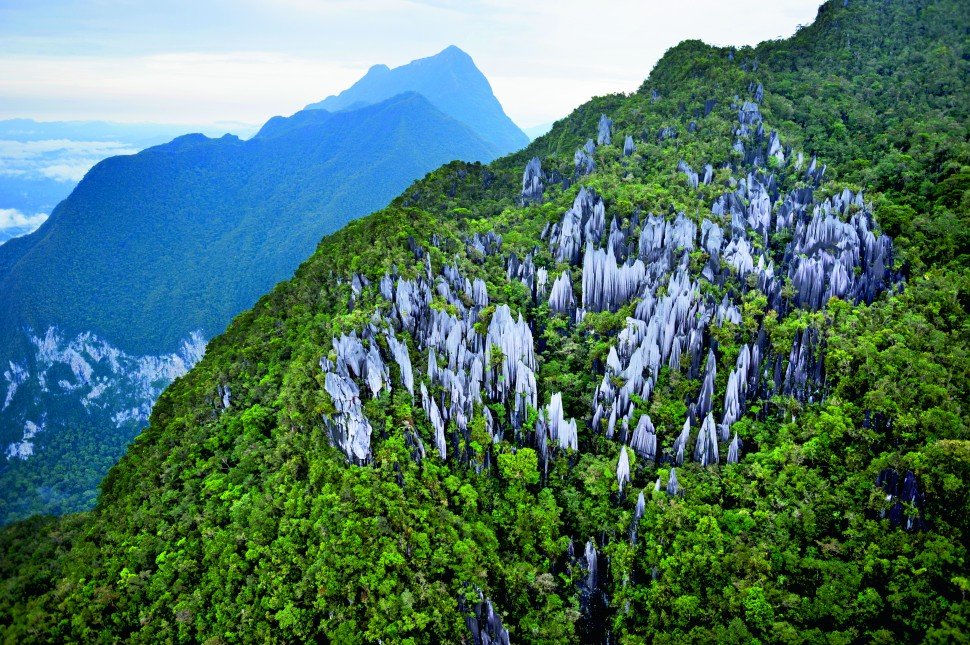
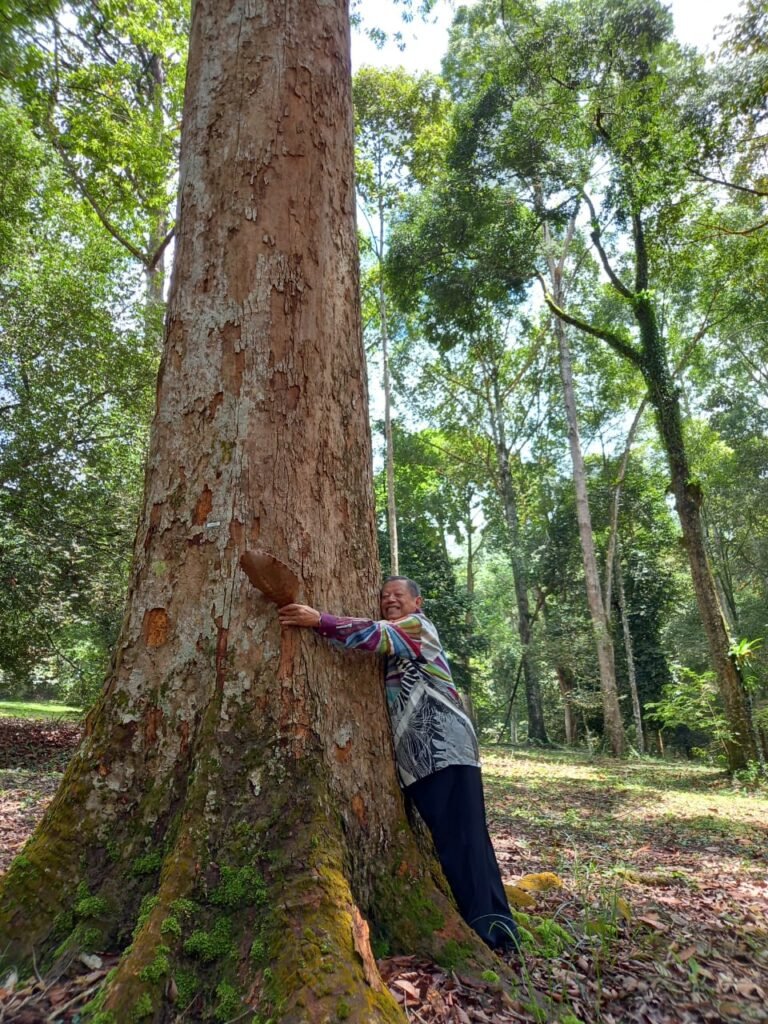
Malaysia’s agriculture: The Oil Palm
Approximately 5.9 million hectares ofland in Malaysia are currently under oil palm cultivation making Malaysia one of the largest producers and exporters of palm oil globally. This is supported by an industry financed research by the Malaysian Palm Oil Board.
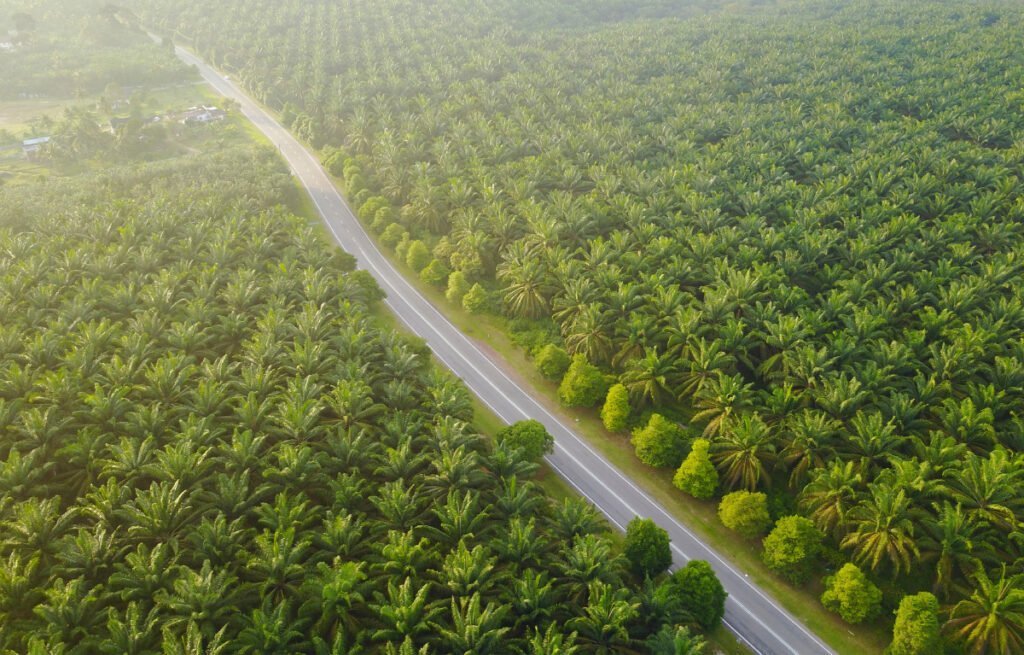
Support of Non-Governmental Bodies
The Government works closely with non-governmental bodies (NGOs) such as the Malaysian Nature Society (MNS), Worldwide Fund for Nature (WWF), Malaysian Turtle Protection Society and area specific NGOs such as Friends of Kota Damansara (FPKD) and Friends of Bukit Kiara (FOBK) to protect and promote nature-based tourism and conservation activities.
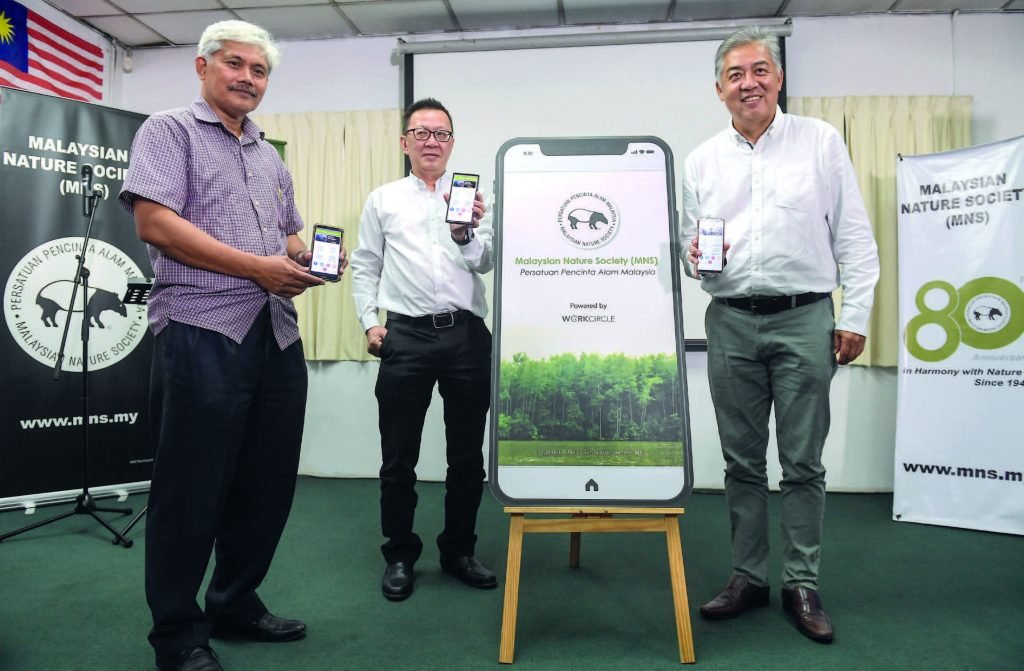
Conclusion
Nature and the environment provide the foundation for nature-based tourism and Malaysia with its rich and diverse ecosystems offers huge opportunities for such activities. What is needed are trained and certified nature guides, promotion locally and overseas and appropriate legislation to promote and protect the industry.



